Disclosure: This article contains affiliate links. We may earn a commission from purchases at no extra cost to you, which helps our travel content.
The morning call to prayer floated through my open window, mingling with the salty breeze from the Red Sea. As I sipped strong Eritrean coffee on the balcony of my modest guesthouse, Massawa revealed itself in the gentle dawn light—a fascinating palimpsest of architectural styles where Ottoman flourishes meet Italian colonialism, all slowly crumbling in the coastal humidity. This port city, once called the 'Pearl of the Red Sea,' had long occupied a spot in my travel journal, a place where histories collide and time seems to stand still.
The Ottoman Quarter: A Living Museum
Massawa's Old Town feels like stepping through a portal into the 16th century. Built primarily from coral blocks harvested from the nearby sea, the Ottoman architecture here has survived centuries of change, albeit sometimes just barely. I spent my first morning wandering the narrow, winding streets where ornate wooden doors—many adorned with intricate carvings—punctuate whitewashed facades.
The former Bank of Italy building stands as perhaps the most impressive example of this architectural fusion, with its coral stone construction topped by distinctly Ottoman flourishes. I found myself reaching for my pocket sketchbook repeatedly, trying to capture the geometric patterns that adorned doorways and windows.
As temperatures climbed toward midday, I ducked into the shade of the historic Imperial Palace. Though largely in ruins now, this once-grand structure speaks to Massawa's importance as a trading hub between Africa and the Arabian Peninsula. A local elder named Haile approached as I photographed the remains, offering to share stories passed down through generations about the Ottoman rulers who once walked these halls. These unplanned encounters often become the most meaningful parts of travel—I've found that a smile and genuine curiosity can open doors closed to typical tourists.
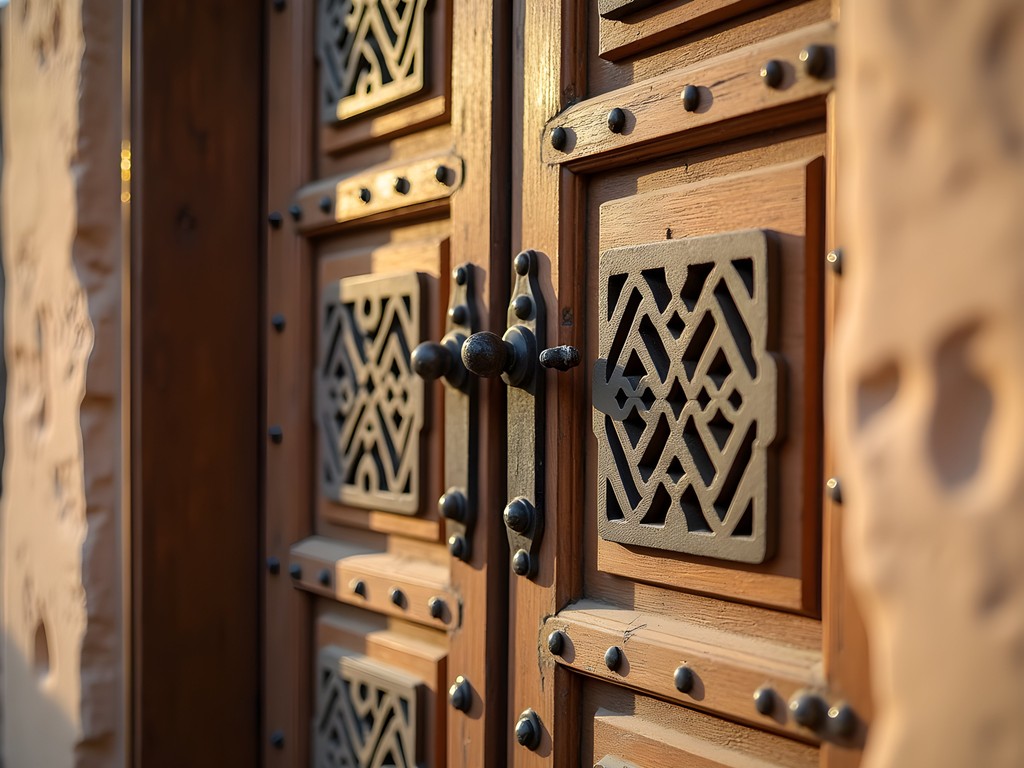
💡 Pro Tips
- Visit the Ottoman Quarter early morning or late afternoon when temperatures are milder and the light is perfect for photography
- Bring small denominations of Nakfa (Eritrean currency) for impromptu guides like Haile who offer invaluable local knowledge
- Wear closed-toe shoes as there's considerable rubble in some of the partially restored buildings
Coral Architecture: Building With The Sea
What makes Massawa truly unique is its extensive use of coral as a building material. Unlike any other architectural tradition I've encountered in my travels, the buildings here have a symbiotic relationship with the sea itself. The coral blocks—cut from reefs centuries ago before we understood their ecological importance—create naturally insulated structures that remain cool despite the punishing Red Sea heat.
I spent an afternoon with my compact binoculars examining the facades of buildings along the waterfront, where you can clearly see embedded shells, fossilized marine life, and the porous texture of the coral. The Bank of Italy building exemplifies this tradition at its finest, with massive coral blocks forming its imposing structure.
The technique involves cutting coral into blocks, allowing it to dry and harden through exposure to air, then setting it with a mortar made from crushed coral and lime. What results is a building material perfectly adapted to the local climate—naturally cooling, durable against salt air, and with a distinctive texture that catches the light beautifully at sunrise and sunset.
I found myself wondering about the sustainability implications of such architecture. While historically ingenious, it's a sobering reminder of how human ingenuity sometimes comes at an environmental cost—something I often discuss with my ESL students when exploring cultural practices around the world.
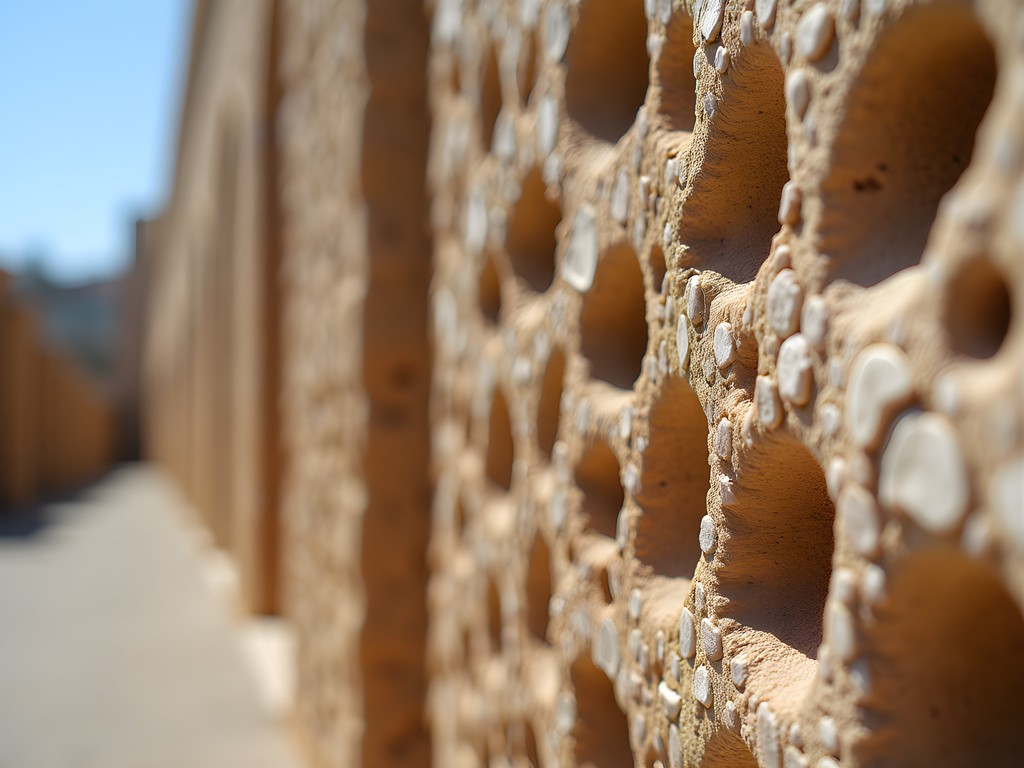
💡 Pro Tips
- Look for the different types of coral used in various buildings—some structures feature multiple varieties with distinct textures and colors
- The best examples of coral architecture can be found along Massawa's waterfront and in the central Ottoman quarter
- Photograph these buildings in early morning or late afternoon when the low-angle light highlights the unique texture of the coral
Italian Colonial Influences: A Complicated Legacy
Walking through Massawa is like reading a history book written in architecture. The Italian colonial period (1890-1941) left an indelible mark on the cityscape, with fascist-era administrative buildings standing in stark contrast to the older Ottoman structures. I spent my second day exploring this complicated legacy, starting at the former Governor's Palace.
The rationalist style of Italian colonial architecture—with its imposing symmetry and stripped-down classical elements—speaks to the fascist ideology that drove Italy's colonial ambitions. Yet there's an undeniable beauty in some of these buildings, particularly in how they adapted Mediterranean design principles to the harsh Red Sea climate with features like deep verandas and high ceilings.
I had brought my travel guidebook which provided crucial historical context often missing from the minimal signage around town. The Italian legacy extends beyond architecture to Massawa's café culture—I found several small establishments still serving espresso in the Italian tradition, though with a distinctly Eritrean twist.
In one such café, I met an elderly man named Ibrahim who recounted stories passed down from his grandfather about life under Italian rule. These conversations reveal the nuanced reality of colonial history—how cultural exchange occurred even within deeply unequal power structures. As an educator, I find these personal narratives invaluable for understanding history beyond textbook accounts.

💡 Pro Tips
- Visit the former Cinema Impero for one of the best-preserved examples of Italian colonial architecture
- Learn a few basic phrases in Tigrinya (the local language) to connect with older residents who often have fascinating historical perspectives
- The Italian-era port facilities offer interesting photography opportunities, especially at sunset
The Port District: Where Cultures Converge
Massawa's identity as a port city cannot be overstated—it has been the primary reason for the city's existence for centuries. On my final day, I explored the bustling port district where the architectural timeline of the city continues into the modern era.
I woke before dawn, camera in hand, to capture the fishing boats returning with their morning catch. The port area offers a different kind of historical experience—one that's alive and continuing rather than preserved in architectural amber. Fishermen mend nets using techniques passed down through generations while cargo ships from across the world dock alongside traditional wooden vessels.
The market adjacent to the port becomes a symphony of commerce by mid-morning. I wandered through stalls selling everything from fresh fish to imported electronics, practicing my rudimentary Tigrinya with patient vendors. My travel water bottle proved invaluable in the intense heat—Massawa can reach scorching temperatures even in winter months.
What fascinated me most was how the port functions as a cultural crossroads. In a single morning, I heard conversations in Tigrinya, Arabic, Italian, and various Indian languages—evidence of the trade networks that have defined Massawa for centuries. The port district embodies what I love most about travel: those liminal spaces where cultures don't just meet but blend together in organic, ever-evolving ways.
Near the customs house, I discovered a small bookshop with a collection of historical photographs showing Massawa through different periods. The owner, noticing my interest, brought out family albums showing the city before the destruction of the independence war—a poignant reminder of how much has been lost but also how resilient this remarkable place remains.
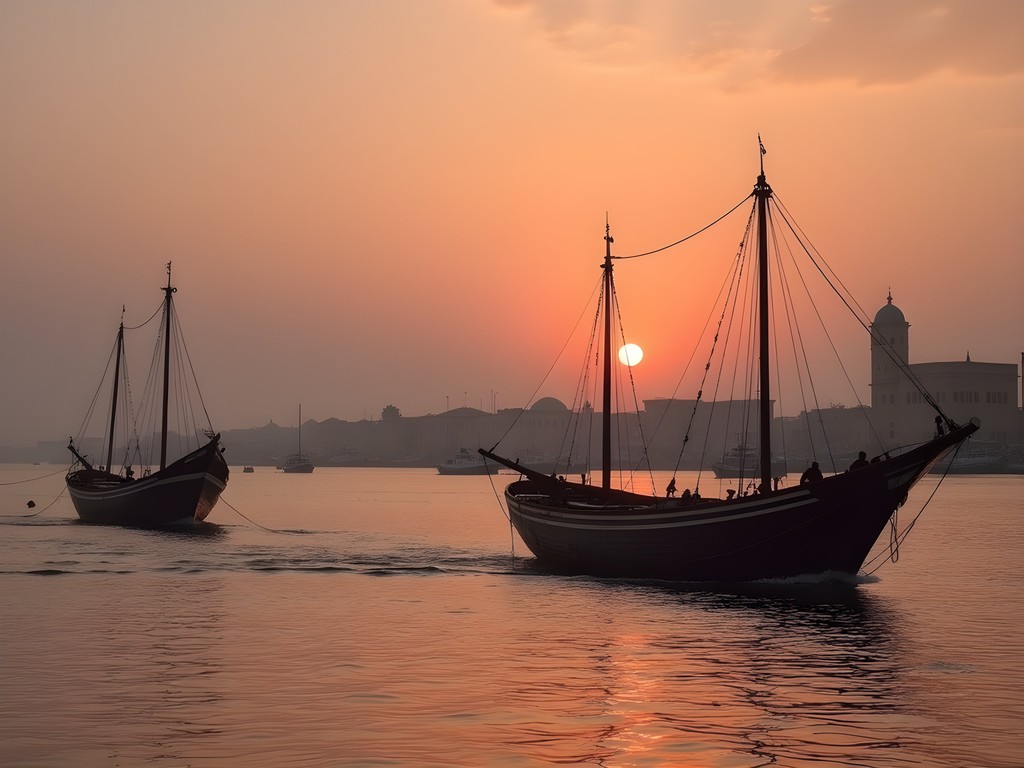
💡 Pro Tips
- Visit the fish market early (around 6-7am) to see the morning catch being brought in and sold
- Bring a scarf to cover your nose if you're sensitive to smells—the fish market is authentic but pungent!
- Look for the old customs house which contains fascinating historical photographs of the port's development
Accommodation: Finding Comfort Among History
Staying in Massawa presents an interesting challenge for the budget-conscious traveler. The city's tourism infrastructure remains limited, but this limitation becomes part of its charm. I chose the modest Dahlak Hotel, a converted Italian-era building that offers simple rooms with high ceilings and those architectural details you simply won't find in modern constructions.
The hotel lacks luxury amenities, but my room's balcony overlooked a quiet courtyard where bougainvillea climbed weathered coral walls—a setting straight from a Graham Greene novel. At around $30 per night, it represented excellent value while providing an authentic experience of the city's architectural heritage.
My travel sleep mask proved essential as early morning light floods through the shuttered windows—a small item that makes a big difference when adapting to new environments. Similarly, my portable door lock gave peace of mind in a building with charming but antiquated security features.
For those seeking even more budget-friendly options, several family-run guesthouses in the Ottoman Quarter offer rooms for as little as $15-20 per night. What these lack in amenities they make up for in location and cultural immersion. I spent one night at such an establishment, where the owner's mother prepared traditional Eritrean breakfast served in the central courtyard—an experience no luxury hotel could match.
Regardless of where you stay, the real luxury in Massawa is waking up surrounded by layers of history, with the call to prayer and the sounds of the port creating a soundtrack unlike anywhere else I've visited.
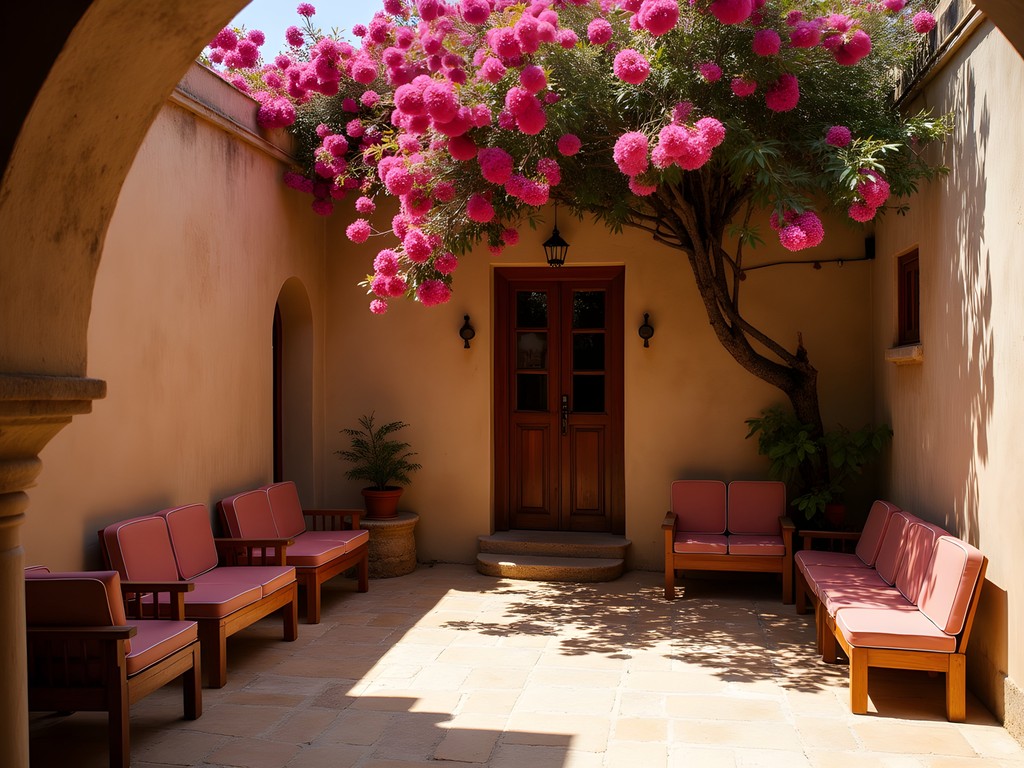
💡 Pro Tips
- Request rooms on upper floors for better airflow in buildings without air conditioning
- Bring your own toiletries as even mid-range accommodations provide only basics
- Consider splitting your stay between the Ottoman Quarter and the newer part of town for different perspectives on the city
Final Thoughts
As my weekend in Massawa drew to a close, I found myself sitting on the seawall near the old Ottoman quarter, watching fishing boats return as the sun dipped toward the horizon. This city exists in a curious limbo—bearing the scars of war and neglect yet possessing a beauty that feels almost defiant in its persistence. The layers of history here aren't neatly preserved and presented as in European heritage sites; they're living, breathing, and sometimes crumbling around you.
For the student of history or architecture, Massawa offers something increasingly rare: an unfiltered glimpse into the past without the polished veneer of mass tourism. The challenge of traveling here—the limited infrastructure, the bureaucratic hurdles of Eritrean visas, the absence of familiar comforts—filters out all but the most committed travelers. Yet those who make the journey find themselves rewarded with an authenticity that has disappeared from more accessible destinations.
As an educator, I believe deeply in the power of place to teach what textbooks cannot. Walking through Massawa's streets provides lessons in colonialism, trade networks, architectural adaptation, and cultural resilience that no classroom could fully convey. If you're drawn to places where history feels tangibly present rather than curated for consumption, add Massawa to your travel journal—before the inevitable winds of development and tourism transform it forever.
✨ Key Takeaways
- Massawa offers an unparalleled blend of Ottoman and Italian colonial architecture built primarily from coral stone
- The city is best explored on foot, wandering between distinct historical districts that showcase different eras
- Winter months (November-February) provide the most comfortable temperatures for exploring this otherwise extremely hot coastal city
- Budget travelers can find authentic accommodation in historic buildings for $15-30 per night
- The lack of developed tourism infrastructure means more authentic experiences but requires flexible expectations
📋 Practical Information
Best Time to Visit
November to February (winter)
Budget Estimate
$30-50 per day including accommodation, food and local transportation
Recommended Duration
2-3 days
Difficulty Level
Moderate
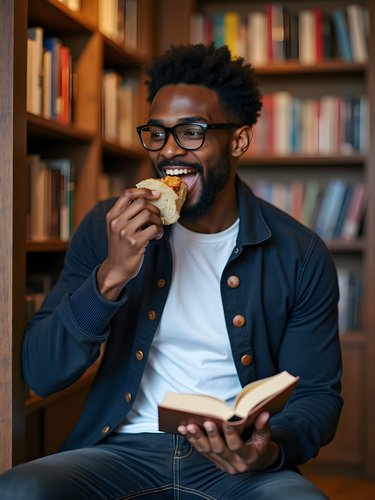

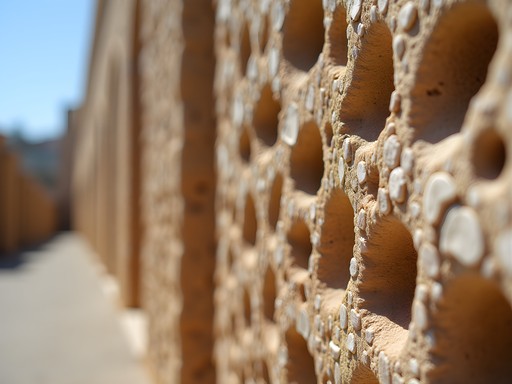
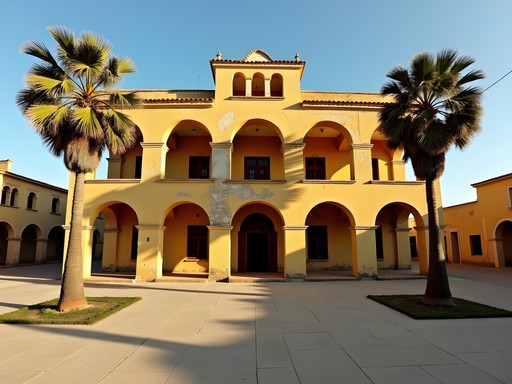
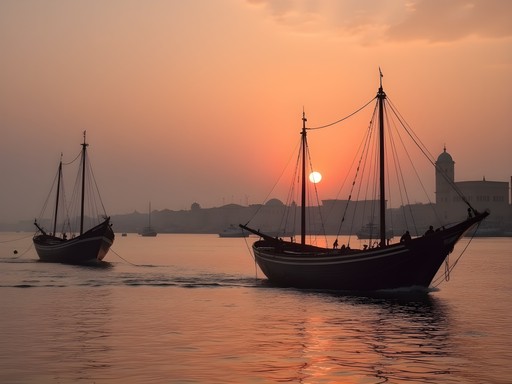











Comments
Douglas Bradley
Excellent piece on Massawa's architectural heritage. What struck me most during my visit was the juxtaposition of different colonial influences - Ottoman, Egyptian, and Italian - all layered upon each other yet somehow forming a cohesive aesthetic. The coral stone buildings are particularly fascinating from an architectural perspective, utilizing local materials in such a sustainable way centuries before that became a consideration in modern building. I found the locals in Massawa to be incredibly knowledgeable about their architectural heritage, often pointing out details I would have missed. Did you encounter any restoration projects while there? When I visited, there was some work beginning on one of the old Italian administrative buildings, though funding seemed limited.
redstar
How did you handle transportation to Massawa? I've heard getting around Eritrea can be challenging for foreigners. Any tips?
Douglas Bradley
Not the author, but I can share my experience from last year. The road from Asmara to Massawa is spectacular but requires permits. I arranged transportation through my hotel in Asmara, which handled the paperwork. The drive takes about 2-3 hours depending on stops. I'd recommend bringing a good travel guide since there's limited information online and cell service can be spotty.
photohero
Amazing photos! What camera setup did you use to capture those architectural details? I'm planning a trip to the Horn of Africa next year and want to make sure I have the right gear.
Stephen Ferguson
Thanks! Nothing fancy actually - just my Sony A7III with the 24-70mm f/2.8 lens. The light in Massawa is incredible, especially in the early morning. I'd recommend bringing a polarizing filter too - helps cut the glare from the sea and brings out the textures in those coral buildings.
photohero
Perfect, thanks! I've been looking at upgrading my gear. Did you have any issues taking photos there? Any sensitivity around photographing buildings or people?
islandbuddy
Great post! Massawa has been on my bucket list forever. Those coral buildings look incredible!
happyguide
This brings back so many memories! I visited Massawa three years ago and was completely enchanted by those Ottoman buildings. The way the coral stone structures have survived despite everything is incredible. Did you get a chance to visit any of the local cafes in the old quarter? There was this tiny place near the main square where the owner would tell stories about the city's history while serving the most amazing spiced tea.
Douglas Bradley
The architectural resilience in Massawa is truly remarkable. I'm curious which specific Ottoman buildings you found most impressive? When I visited last year, I was particularly drawn to the intricate woodwork on some of the old merchants' houses - the craftsmanship has somehow endured despite the harsh coastal climate.
happyguide
The old Bank of Italy building was my favorite! Those wooden balconies hanging over the narrow streets just transported me back in time. Did you try the coffee ceremony anywhere in town?
Kimberly Murphy
Absolutely fantastic post about one of Africa's most underrated historical treasures! I visited Massawa last year during my Horn of Africa expedition and was mesmerized by those coral stone buildings. For anyone planning to visit, I highly recommend hiring a local guide - mine shared incredible stories about the liberation struggle that you won't find in guidebooks. The heat is NO JOKE though - I was there in September and it was scorching. The little cafe near the old customs house makes an amazing spiced tea that's perfect after exploring. Also worth mentioning that photography permits are required for some areas - best to arrange this in Asmara before heading to the coast. Can't wait to see where you explore next, Stephen!
Stephen Ferguson
Thanks Kimberly! Great tip about the guide - I worked with a wonderful local named Haile who completely transformed my understanding of the place. And yes, that spiced tea was a lifesaver in the heat!
blueexplorer892
Never even heard of Massawa before this post. Those buildings look amazing!
skyzone
Your post brought back so many memories! I spent a week in Massawa in 2024 and was blown away by how the Ottoman, Egyptian, and Italian influences created such a unique architectural landscape. The seafood at that little place near the port (can't remember the name - blue door, plastic chairs) was some of the best I've ever had. Did you try the spiced fish soup? For anyone planning to visit, bring plenty of water for the heat - it was brutal even in winter. And definitely wake up for at least one sunrise over the Red Sea - pure magic!
travelguide
Great post! How did you get from Asmara to Massawa? Is public transportation reliable or should I hire a driver?
Stephen Ferguson
I took the public bus which was an experience in itself! About 2.5 hours with incredible mountain views. Very affordable (under $5) but basic. Leaves early morning from Asmara's main station. For more flexibility, drivers can be arranged through hotels for around $50-60 each way.
redfan
The bus ride is spectacular! That winding mountain road with hairpin turns offers some of the best views in Eritrea. Just bring motion sickness pills if you're prone to it!
Sarah Powell
This is such a thoughtful analysis of Massawa's architectural heritage, Stephen. I'm particularly interested in how you addressed the Italian colonial legacy - that complicated intersection of beautiful architecture created during a troubling historical period. It's something I've wrestled with in my own travels across formerly colonized regions. For anyone planning to visit, I'd recommend bringing a good camera with a wide-angle lens to capture those narrow Ottoman streets and architectural details. I used my mirrorless camera when I visited similar historical sites in Egypt, and it handled the harsh contrast between bright sunlight and shadowy alleyways beautifully. Question: did you notice any active preservation projects while there? I'm curious about how Eritrea is balancing tourism development with historical conservation, especially given their economic challenges.
Stephen Ferguson
Thanks Sarah! Yes, there's a UNESCO-backed project focused on the Ottoman buildings, though funding seems inconsistent. I met an architect documenting the structures before they deteriorate further. The government seems aware of the tourism potential but resources are limited. It's a race against time and the harsh sea air.
Venture X
Premium card with 2X miles, $300 travel credit, Priority Pass